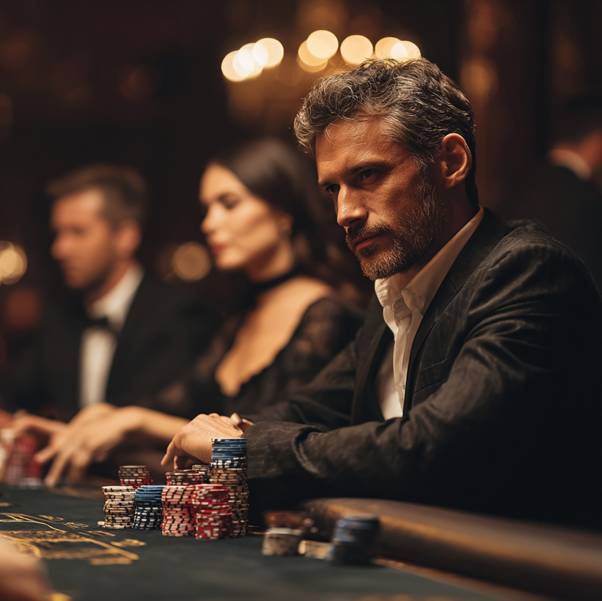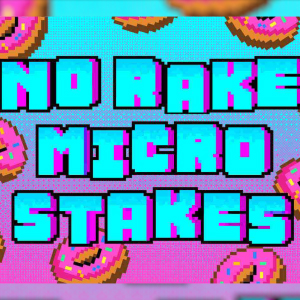Poker has always been more than just a game of cards. It’s part numbers and part luck…but there’s also a big dash of people-reading. Among all the moves and strategies, bluffing stands out as one of the most talked-about elements. Movies show players pulling off dramatic bluffs behind a calm stare or a clever bet. But outside of the big screen, is bluffing really a skill? Can people get better at it?
Online vs. In-Person – Two Different Stages
Poker exists in two main spaces today. There’s the in-person version with chips on the table, cards in hand, and players sitting face to face. Then there’s the online version. Everything happens on a screen. Both share the same core rules, but bluffing takes on different forms.
At a live table, bluffing often involves body language. A player’s posture, the way they handle chips, or even how long they take to act can reveal clues. Some players unintentionally give away signs they are bluffing – others deliberately fake signals to mislead opponents. Bluffing here is about words and timing as much as it is about the actual bet.
Online poker strips that all away. Online games have grown and improved a huge amount over recent years. This means there are multiple interfaces. When people play gambling games at Cafe Casino, they know that they will be using one of the digital interfaces to communicate and make decisions. There are different forms of poker. Each has its own design and layout.
There are no visible faces or nervous smiles to catch. Bluffing comes down to betting patterns and timing. Some also analyze how a fellow player plays their hand compared to earlier rounds. A sudden large raise or a carefully disguised check can serve the same purpose as a steely stare across the table. Both worlds involve bluffing.
What Exactly Is Bluffing?
Bluffing is pretending to have a stronger or weaker hand than reality. The aim is to convince opponents to fold when they shouldn’t, or to push them into betting more than they planned. Bluffing isn’t about lying in words so much as lying with actions. Bets and raises become the language of the bluff.
There are different styles of bluffing. A “pure bluff” means pushing chips forward with absolutely nothing of value in hand, relying entirely on opponents giving up. A “semi-bluff” happens when a player has a weak hand that could improve later, so there’s at least some chance of backing up the story with real strength. Both rely on psychology and the ability to sell a convincing narrative.
Bluffing has made its way into culture. It is terminology that is commonly used in the world of business.
Is Bluffing a Skill?
The short answer is yes. Bluffing isn’t just random. It’s built on observation and practice. A strong bluff often depends on understanding opponents and recognizing the right moment to act. Someone who throws out bluffs too often quickly loses credibility. Someone who never bluffs could become predictable. The balance is part of the skill.
Improving at bluffing means improving at reading situations. It’s about spotting which players are cautious and which are aggressive. It’s about remembering how opponents reacted to earlier moves and tailoring a strategy around that.
Like other aspects of poker, bluffing sharpens with experience. While luck can influence the outcome of a single bluff, the consistency of effective bluffing comes from practice.
Spotting a Bluff – The Other Side of the Coin
It is interesting how many players of poker have a tell. This means that people can learn how to spot when others are bluffing. Some players focus more on defense than offense, trying to see through the stories opponents tell. This often means watching for body language slips.
In online poker, spotting bluffs relies on patterns. Maybe a player always raises big after losing a hand. It is possible that they suddenly bet much faster than usual if they have already decided to bluff. These changes can signal that a bluff is in play. Recognizing them is sometimes possible..
Players who get better at reading bluffs naturally adjust their own style too. If someone learns what tells they show, they can work on hiding or faking them. Bluffing and spotting bluffs become a constant back-and-forth. It is part of the mental side of the game.
Summary
Poker always has some level of bluffing. Many of the varieties offer different opportunities to test bluffing skills. Some versions of poker give more space for bluffing than others. But those forms that incorporate skill and decisions are open to players who want to play the psychological game.
Players also decide how much of their overall strategy relies on bluffing. For some, it’s the central focus. For others, it’s a small tool used only when the timing feels right. Bluffing is a part of the game that players can work on – even if that’s just spotting tells!


